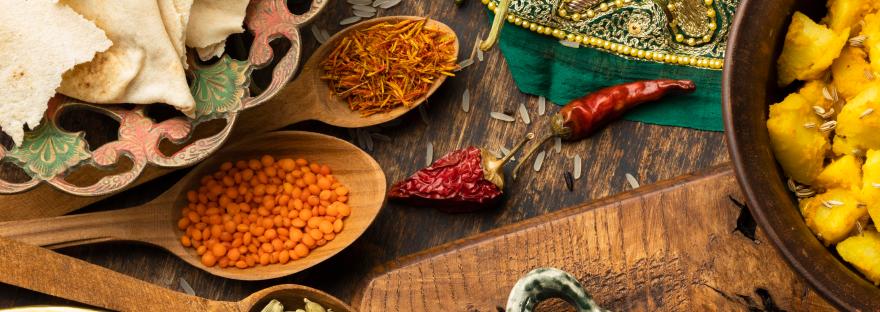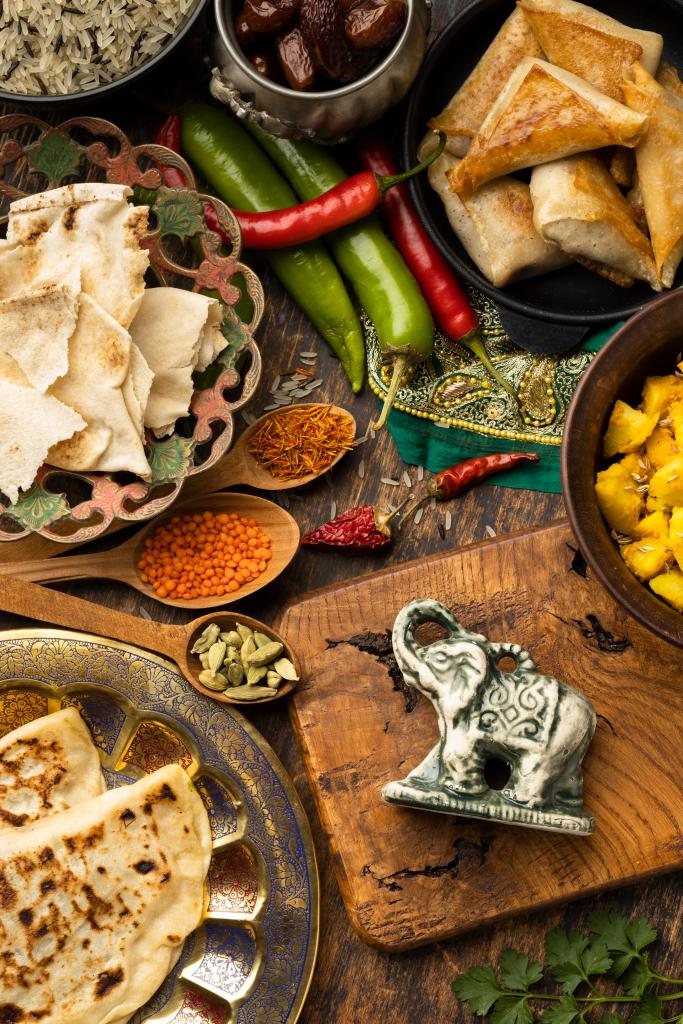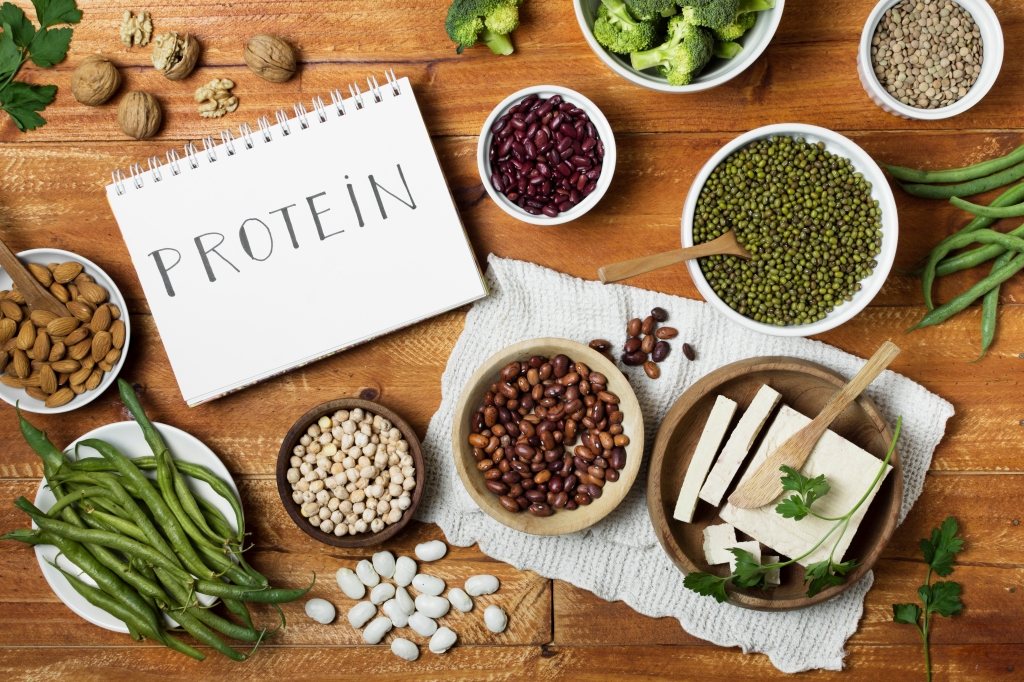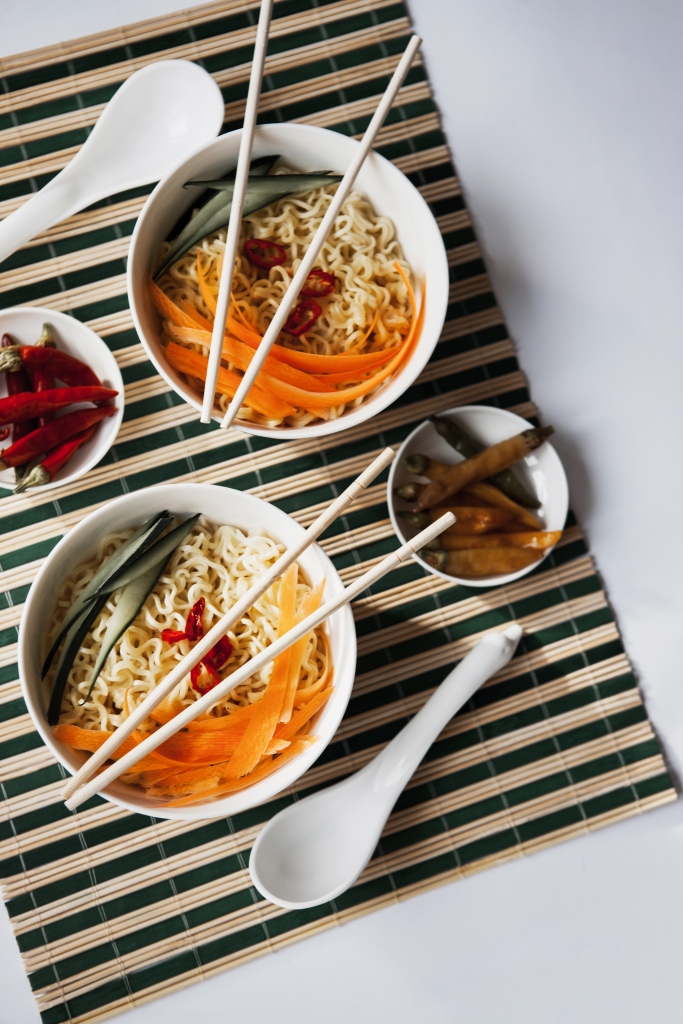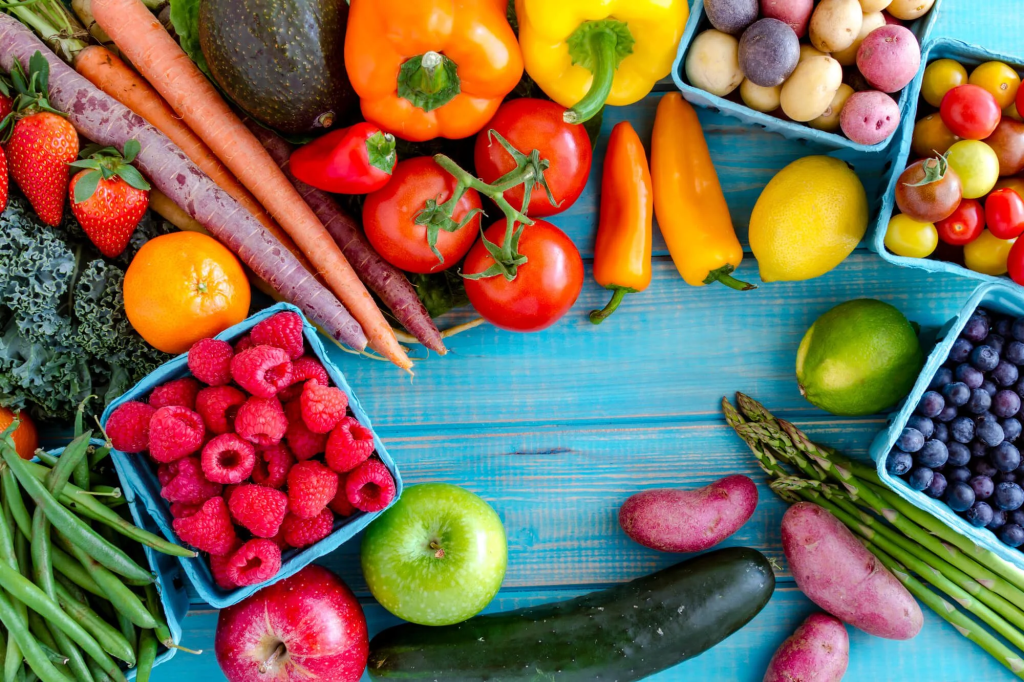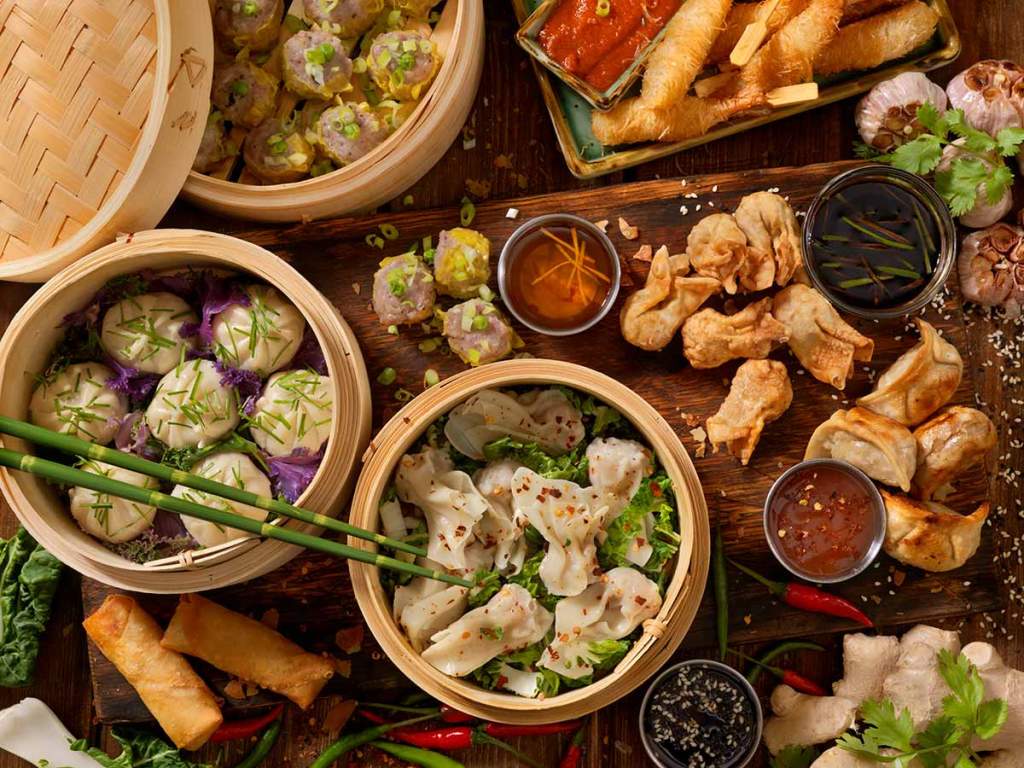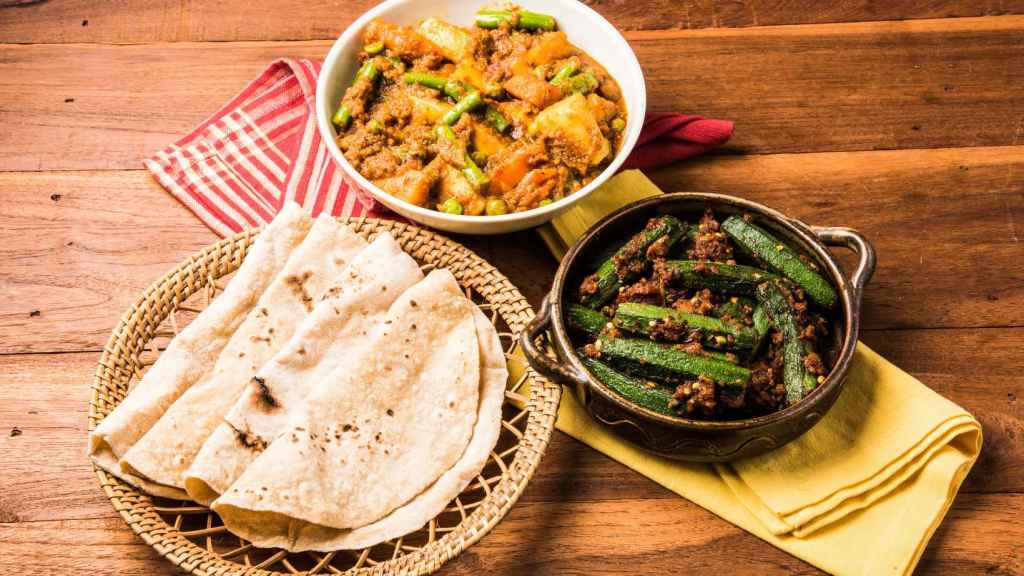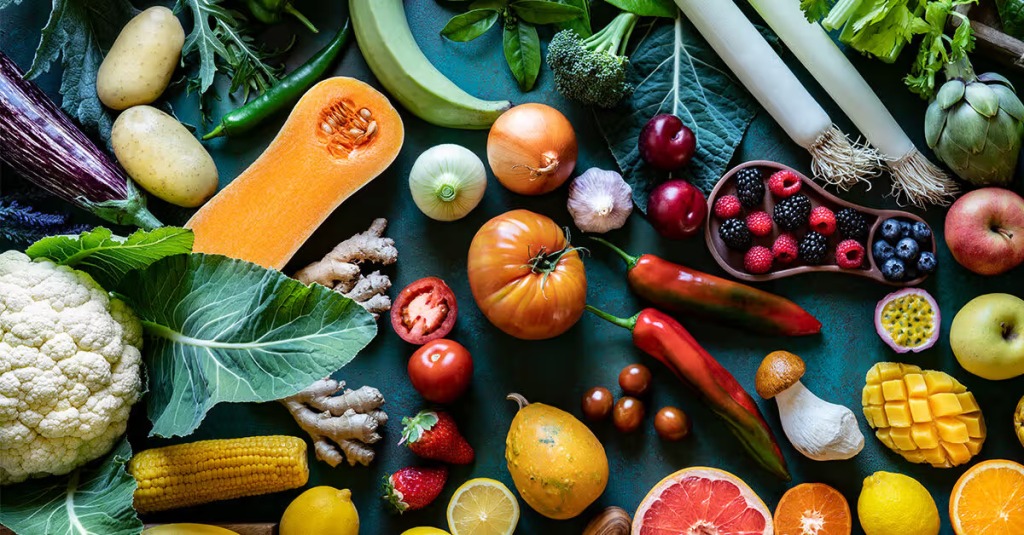Starting on a culinary journey around the world is an adventure for the senses. Is there any better way to indulge than by exploring the diverse and delightful realm of desserts? The global dessert landscape offers various flavours, textures, and traditions, from rich chocolate creations in Europe to exotic tropical sweets in Asia. With Ang Chong Yi- Food Blogger and Critic, you can explore the world of delightful cuisines. Let’s get started with a sweet expedition, traversing continents to discover the most iconic dessert destinations and the delectable treats they have to offer.

Paris, France: The City of Lights and Sweet Delights
Paris, often hailed as the gastronomic capital of the world, is also a paradise for dessert lovers. From flaky croissants and buttery madeleines to delicate macarons and decadent éclairs, the city’s patisseries are a treasure trove of French pastry delights. Indulge in a slice of creamy crème brûlée or savour the layers of a classic mille-feuille as you soak in the charm of Parisian cafe culture.
Vienna, Austria: A Symphony of Sweetness
In the heart of Europe, Vienna beckons with its elegant cafes and abundant desserts. Sample the iconic Sachertorte, a rich chocolate cake with layers of apricot jam, or delight in the fluffy sweetness of a traditional Austrian strudel. Pair your dessert with a cup of Vienna’s famous coffee and immerse yourself in the city’s rich cultural heritage.
Istanbul, Turkey: Where East Meets Sweet
Venture into the bustling streets of Istanbul and discover a world of Middle Eastern sweets and pastries. From the syrupy layers of baklava to the fragrant aroma of Turkish delight, the city’s dessert scene is a feast for the senses. Indulge in künefe, a warm and gooey pastry soaked in syrup and topped with pistachios, or savour the creamy delights of traditional Turkish ice cream.
Tokyo, Japan: A Paradise for Sweet Tooths
Tokyo, a city known for its innovation and creativity, offers a unique twist on dessert culture. Explore the vibrant streets of Harajuku and indulge in colourful and whimsical sweets, from fluffy Japanese pancakes to delicate mochi treats. Don’t miss the opportunity to try matcha-flavoured desserts showcasing Japan’s love affair with green tea or sample traditional wagashi. It is an exquisite confection made with meticulous craftsmanship.
Kolkata, India: A Journey of Sweets and Spices
In the bustling streets of Kolkata, India, dessert takes on a new dimension with a blend of spices, flavours, and textures. The world of Indian sweets is known as mithai, and delights include rasgulla, gulab jamun, and Sandesh. You can experience the intoxicating aroma of jalebi frying in ghee. Else indulge in the creamy richness of rabri as you explore the vibrant culture of Kolkata.
To conclude Are you a sweet lover? Read Harnessing the Future Satisfy Your Cravings—Exploring Sweet Treats Worldwide with Ang Chong Yi to explore various sweet delights that will satisfy your cravings. Whether you take delicate French pastries, savour the exotic spices of Middle Eastern sweets, or explore the innovative creations of Tokyo’s dessert scene, each destination offers a unique and unforgettable culinary journey.

